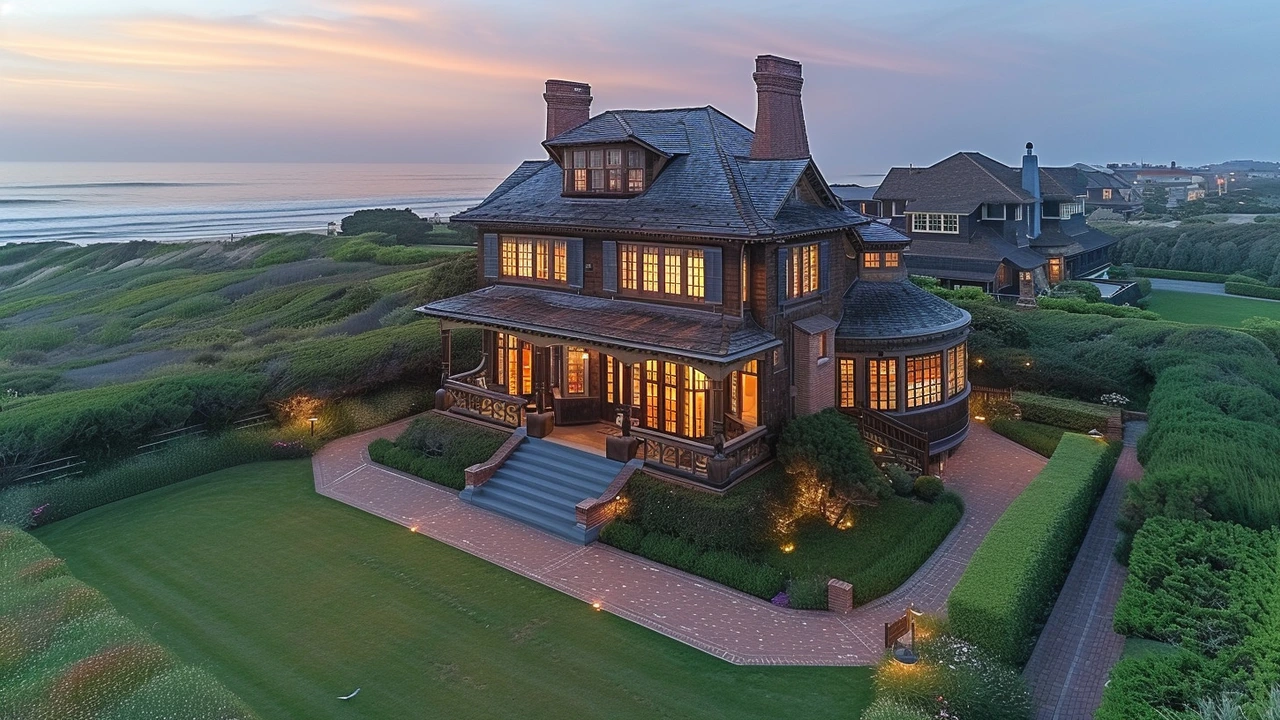Old and New Design: Practical Ways to Mix History with Today
Mixing old and new design makes a home feel lived-in and current at the same time. Start by spotting the real assets: structural details like arches, original moldings, stone floors, built-in cabinetry, and unique windows. Keep those. Then add modern pieces that respect scale and light so the new items support the old ones instead of fighting them.
Preserve first, upgrade second. If a roof leaks or floors sag, fix structure before decorating. For energy and comfort, choose reversible upgrades: add insulation where it won’t harm historic fabric, swap single glazing for slim double-glazed units that match original profiles, and hide wiring in closets or under floors. Those small moves make a place livable while keeping its story intact.
Smart pairings that work
Match visual weight: ornate period rooms need grounded modern furniture so the space feels balanced. Use color as a bridge — pick a neutral base pulled from existing materials (stone, brick, wood) and introduce one modern accent color. Mix materials that relate: pair old brass fittings with matte black hardware, or match dark wood trim with warm oak furniture.
Let one historic feature lead. If you have a Beaux-Arts marble stair, make it the hero and keep railings simple. In a Gothic Revival room, keep pointed arches but add glass and steel rail treads for contrast. For homes with Roman or Byzantine character, highlight the arches and domes with clean finishes so geometry, not clutter, reads first.
Real steps you can take
Think reversible and document everything. Take photos of original conditions before any work. Use fixtures and joinery that can be removed later without damage. If your place is listed or in a conservation area, check rules early — some changes need approvals.
Budget wisely: stop decay first (roof, drainage, structural repairs). After that, spend on interventions that give the most everyday benefit — windows, heating, kitchen layout. For big jobs, hire someone who knows both preservation and contemporary design so you don’t end up with a patched look.
Small styling moves make a big difference. Swap heavy drapes for simple linen panels to reveal moldings. Add modern lighting to show off historic ceilings. Use rugs to protect original floors and to anchor new furniture. Finally, borrow ideas from revival movements and modern trends: the right minimal piece can make ornate details feel purposeful, and a bold contemporary element can highlight craftsmanship you might otherwise miss.
Blend with respect: keep what tells the building’s story, add what makes it work today, and aim for a space that feels comfortable, honest, and ready for daily life.

The Dutch Colonial Revival Architecture: A Blend of Old and New
As a female blogger who is passionate about architecture, I want to guide you through the fascinating era of Dutch Colonial Revival architecture. This unique architectural trend is a harmonious blend of vintage charm and modern flair, combining the best elements from the past and present. In this article, we will delve into the intricacies of this design style, and discover how it has stood the test of time. Join me as we journey through time, appreciating the beauty of architecture that tells stories of the past and embraces the novelty of the new.
Read more